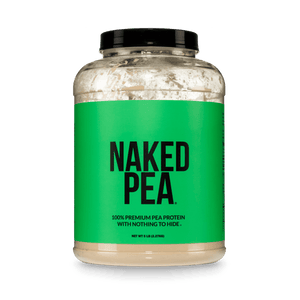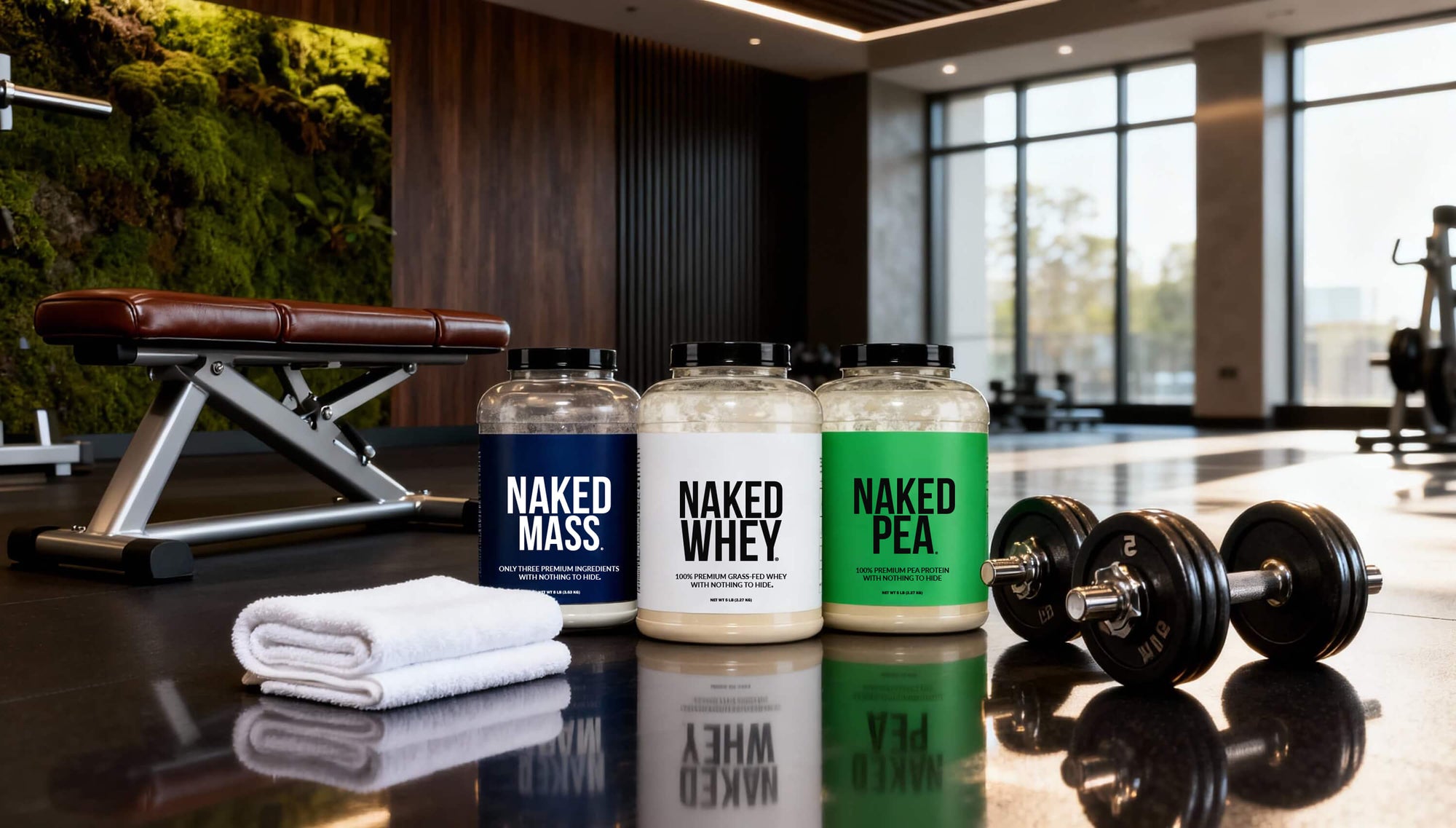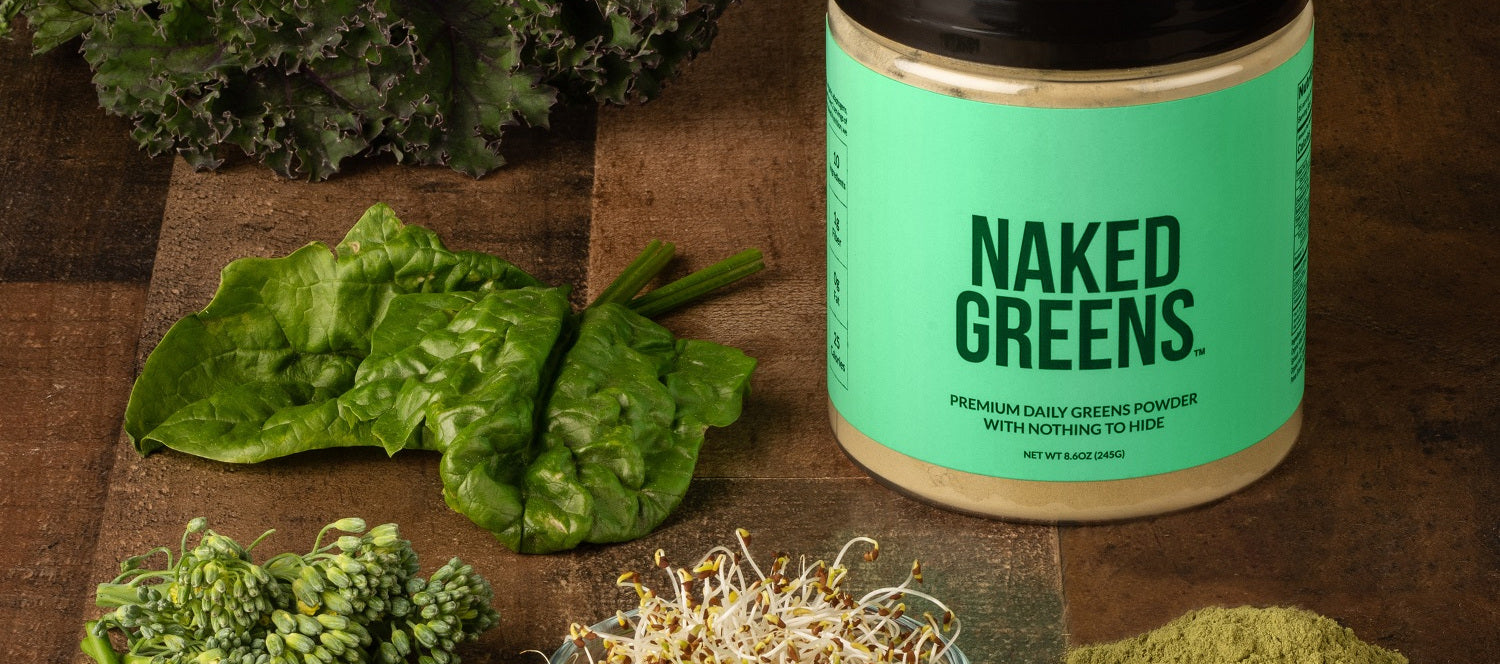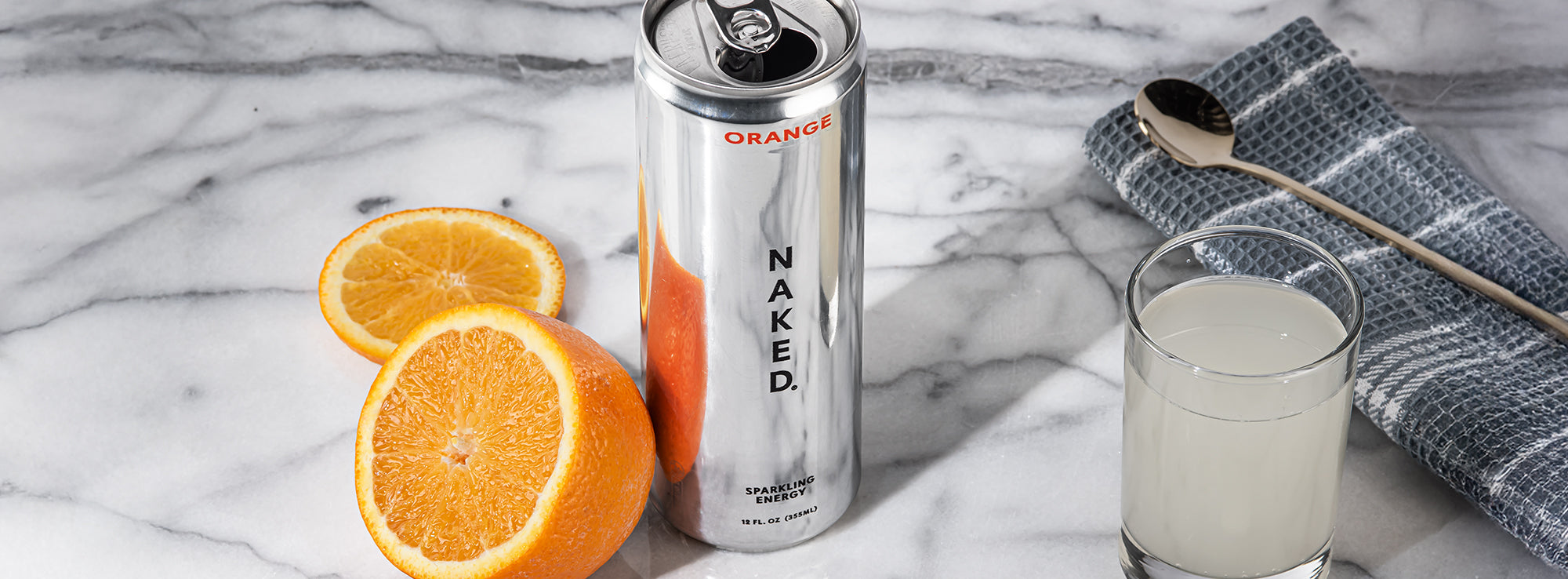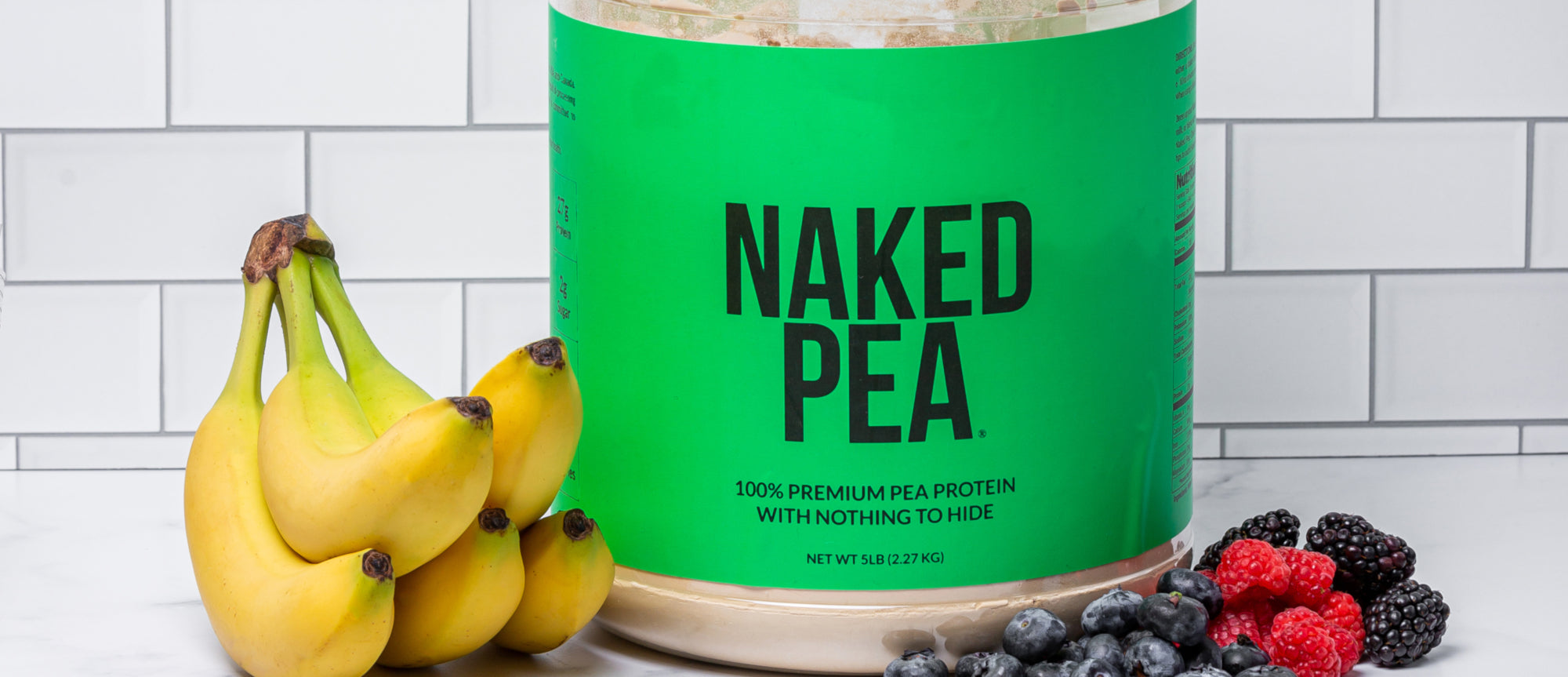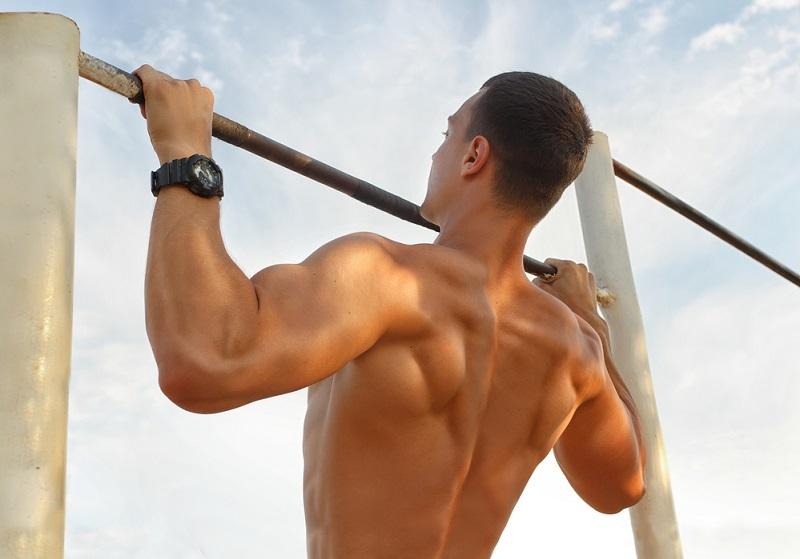Building muscle is one of the top goals of strength training. But, how many sets should you do to build muscle? How many reps is best for muscle growth?
Keep reading for your muscle growth workout and nutrition guide.
How Does Muscle Grow?
Before we look at how many sets per week increase muscle mass, it’s important to briefly discuss how muscles grow.
Building muscle, which is referred to as muscle hypertrophy, occurs through a process known as myofibrillar protein synthesis, often referred to as muscle protein synthesis (MPS).
Muscle protein synthesis is the natural process that occurs to help repair muscle damage and build new muscle.
For muscle protein synthesis to occur, you need two things: a stimulus and adequate resources. The stimulus comes by way of resistance training workouts and the resources come from diet and recovery.
Resistance training to stimulate muscle breakdown
It can sound counterintuitive, but we have to break down our muscle tissue somewhat in order to build muscle.
Resistance training workouts with enough volume and intensity cause microscopic tears in your muscle fibers. These tears trigger the muscle protein synthesis process to repair the damage.
Without lifting weights, there is no stimulus to the body to initiate the muscle protein synthesis process, so no muscle growth occurs.
Nutrition to support recovery
Muscle growth is an energy-demanding process. In order to build muscle and repair the microscopic damage to your muscle fibers after resistance training workouts, your body needs to have the right resources and enough of them.
- Protein: Protein provides amino acids, which are the building blocks of protein molecules. When you consume protein after a workout, the amino acids can be shuttled to your muscles where they can be rearranged into new structural proteins to repair muscle damage.
- Calories: Building muscle is an anabolic process, which means that it requires energy, so you have to consume enough calories for muscle growth.
How Many Sets to Build Muscle?

Numerous research studies have found that high-volume resistance training is the best training strategy for building muscle.
“High volume” involves doing enough reps and sets, lifting enough weight, and doing enough exercises per muscle group per week.
According to the American Council of Exercise (ACE), the recommended number of sets, reps, and amount of weight to lift to build muscle is 3-6 sets of 6-12 reps using 70-80% of your 1RM for each exercise per workout.
Let’s look at this more closely.
How much weight should I lift to build muscle?
Your 1RM refers to your one-repetition maximum, which is the maximum load you can lift with proper form for one complete rep of an exercise.
For example, if you can do a back squat with 200 pounds for one rep but can’t do a second rep and maintain the full range of motion for the exercise, your barbell back squat 1RM is 200 pounds.
Then, if your goal is to build muscle, you take 70-80% of that weight (200 pounds) to determine how much weight you should lift to build muscle when performing squats.
In this case, you would be loading up with 140 to 160 pounds for your hypertrophy workouts.
Because the ideal hypertrophy rep range is 6 to 12 reps per exercise, you would use the higher end of your load range if you want to do 6 reps per set and the less weight (within the range) if you want to do more reps per set.
For example, you might do six reps with 180 pounds or 10 to 12 reps with 140-145 pounds.
The following strength continuum from the National Strength and Conditioning Association (NSCA) shows the percentage of your 1RM you should use based on the number of reps of an exercise:
|
Maximum Number of Reps |
Percent of 1RM Load |
|
1 |
100% |
|
2 |
95% |
|
3 |
93% |
|
4 |
90% |
|
5 |
87% |
|
6 |
85% |
|
7 |
83% |
|
8 |
80% |
|
9 |
77% |
|
10 |
75% |
|
12 |
70% |
How many reps should I do to build muscle?

The recommended hypertrophy rep range is 6-12 reps per set of an exercise.
As a certified personal trainer, I recommend you use heavier weights (closer to 80% of your 1RM) for fewer reps (6-8 reps) for some workouts and relatively lighter weights (closer to 70% of your 1RM) for more reps (12 reps) other workouts to vary the training stimulus.
How many sets should I do to build muscle?
The recommended number of sets to build muscle is 3-6 per workout.
This range varies based on several factors:
You should rest between 30-90 seconds between sets in muscle-building workouts.
What Is the Optimal Split for Building Muscle?

Many people assume that doing body part split routines is more effective for building muscle, as this is often the approach taken by bodybuilders.
However, some research has found that doing three full-body strength training workouts per week is actually more effective at building muscle than body part splits.
Interestingly, in the study, the full-body workouts included only one exercise for each major muscle group.
This may mean that you don’t necessarily have to spend hours in the gym to see good results.
Make sure that you are taking at least 24 to 48 hours of rest in between resistance training workouts where you target the same muscle groups to allow for enough time for the muscle protein synthesis process to support adequate recovery.
Note that most studies suggest that compound exercises are better than isolation exercises for hypertrophy because compound exercises help boost testosterone production.
Therefore, hypertrophy workouts should focus on exercises such as squats, deadlifts, lunges, step-ups, bench presses, rows, pull-ups, lat pull-downs, etc.
Lifting free weights such as dumbbells and barbells has been shown to increase anabolic hormone levels such as testosterone and growth hormone more than using weight machines.
What Is the Best Diet to Build Muscle?

Remember that weightlifting is just part of the process of building muscle.
Your body has to have the building blocks (amino acids) for muscle tissue to be able to repair and build muscle mass and adequate calories (energy for the muscle protein synthesis process).
How much protein should I eat to build muscle?
The amino acids for muscle growth come from the protein you eat, either from high-protein foods or protein supplements (shakes, protein powder, protein bars).
The American College of Sports Medicine suggests that athletes consume at least 1.2–2.0 grams of protein per kilogram of body weight per day, whereas other studies have found that bumping this up to 1.6-2.2 grams of protein per kg per day may be better.
Protein consumption should be spread out throughout the day, in doses of 25-30 grams of protein per meal or snack, or about 0.53 g/kg protein per meal with three meals a day, or 0.4g/kg protein per meal with four meals per day.
This helps the body best utilize the protein you eat for muscle growth.
Personally, after my strength training workouts, I love a shake with our clean pea protein made exclusively from US/Canadian yellow split peas.
Pea protein has a superior amino acid profile, and with each serving, I get 27 grams of nourishing protein to support muscle growth and recovery.
Studies also suggest that drinking a sports beverage with carbs during your workouts can help increase muscle protein synthesis.
How many calories should I eat to build muscle?
It is very difficult to build muscle in a caloric deficit.
In fact, most registered dietitians and sports nutritionists suggest that you need to be in a slight caloric surplus (about 10% above your needs) to really build muscle.
This means that if you are burning about 2000 calories per day, the best diet for muscle growth will provide at least 2200 calories per day.
This means that your post-workout meal or snack needs to have enough calories to not only replenish glycogen stores and maintain essential physiological processes, but also an excess to support muscle growth.
You can estimate your caloric needs based on your total daily energy expenditure (TDEE) with an online calculator such as the one here.
Finally, taking certain supplements, such as protein powders, branched-chain amino acids (BCAAs), and creatine may also help accelerate the rate of muscle growth.
